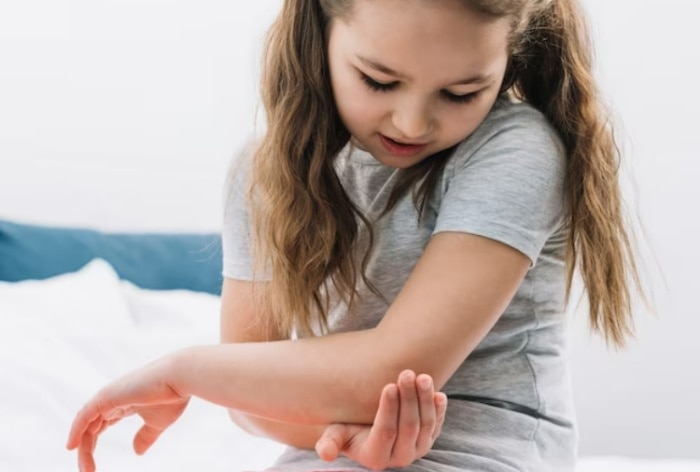A persistent, long-lasting inflammatory illness that stiffens joints and interferes with bone growth is called juvenile arthritis. If a child suffers from swollen joints for six weeks or more, they have arthritis.

Juvenile Arthritis causes a significant number of challenges that include persistent pain, mobility issues, growth irregularities and eventually joint damage in untreated children. Dr Chandrika Bhat, Consultant Pediatric Rheumatologist, Rainbow Children’s Hospital, Marathahalli, Bengaluru revealed that juvenile arthritis is an autoimmune disease that affects nearly 1 in every 1000 children below the age of 16, in India. The different subtypes of juvenile arthritis are oligoarthritis, polyarthritis, enthesitis-related arthritis, psoriatic arthritis and systemic arthritis. Enthesitis-Related Arthritis primarily affects tendon and ligament attachment points. Psoriatic Arthritis involves joint inflammation and skin lesions, while systemic arthritis combines joint pain with fever and/or skin rash resembling hives.
Early Signs And Symptoms to Identify Juvenile Arthritis
Children who suffer from juvenile arthritis experience chronic pain, specifically in their joints. The pain can then be associated with joint swelling or increased warmth around the joint. “The primary key to combatting an ailment of this degree is early intervention achieved by early detection of joint inflammation,” said Dr Chandrika Bhat. A child suffering from the disease is likely to also start noticing limitations in joint mobility, especially after periods of rest (short or long durations). Children under the age of three may appear to be more clingy after periods of rest due to joint stiffness.
Apart from joints, in some children, the eyes may also be affected and this tends to be asymptomatic. However, if inflammation of the eyes is not detected it can even lead to blindness in the long run. Hence doctors usually suggest an eye check every three months in children with certain subtypes of juvenile arthritis. Occasionally, the inflammation associated with systemic arthritis can affect different components of the blood, the liver and rarely the heart.
How to Combat Juvenile Arthritis?
Daily Check-Ups: Regular appointments with a pediatric rheumatologist are crucial for effectively planning, executing and monitoring necessary treatment plans. Depending on the subtype of arthritis, a rheumatologist may involve an ophthalmologist, physiotherapist and occupational therapist in your child’s care.
Healthy Diet: Maintaining a balanced diet rich in vital nutrients and minerals is absolutely imperative for strengthening bone health and overall vitality. Children must also be encouraged to indulge in regular gentle physical activities in order for them to allow improvement in joint flexibility and muscle strength.
Supportive Environment: We as adults must always be there to support children suffering from such an ailment and help them navigate the challenges associated with it. Moreover, educating teachers, classmates, and friends about Juvenile Arthritis fosters understanding, creating a supportive environment both in academic settings and personal relationships.
